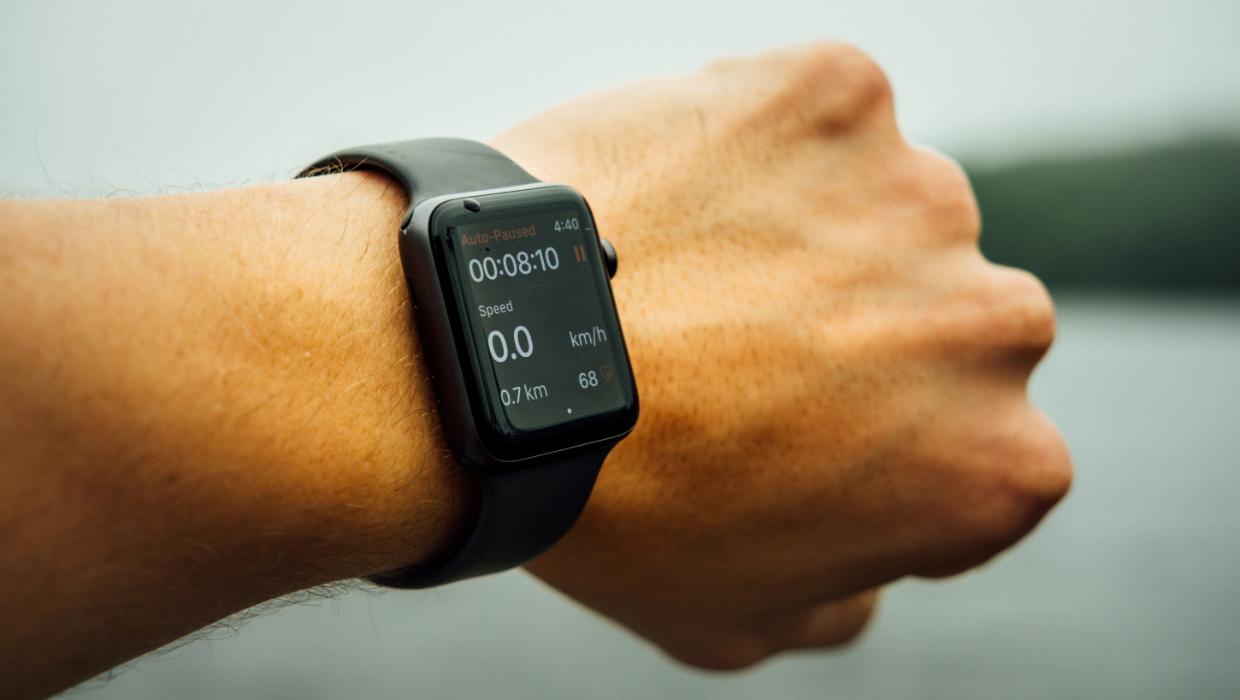Top Stories
Discover How Smartwatch Metrics Can Help Manage Stress Levels

The ability to monitor health metrics through smartwatches can significantly aid individuals in managing stress. Recent research highlights a specific metric that may reveal not only stress levels but also indicate potential health issues, such as the onset of a cold.
Understanding the Metric
The often-overlooked metric is known as heart rate variability (HRV). This metric reflects the variations in time between each heartbeat, revealing how well the autonomic nervous system is functioning. A higher HRV generally indicates better stress resilience and overall health. Conversely, a lower HRV may suggest increased stress levels or fatigue, making it a valuable tool for users looking to optimize their performance during critical moments, such as business presentations.
Health professionals have increasingly recognized the importance of HRV as a key indicator of mental and physical well-being. According to a study published in the *Journal of Health Monitoring*, individuals with a consistent drop in HRV may be more susceptible to stress-related illnesses or fatigue. The findings emphasize the necessity of tracking HRV for effective stress management.
Practical Applications for Users
For individuals preparing for important engagements, such as meetings or presentations, monitoring HRV can provide actionable insights. Users can leverage smartwatch applications to receive alerts when their HRV falls below a certain threshold, indicating a need for relaxation techniques or mindfulness practices. Techniques such as deep breathing or short physical exercises can help improve HRV, thereby enhancing focus and performance.
Moreover, HRV monitoring can assist in detecting early signs of illness. For instance, a significant decrease in HRV may precede other symptoms of a cold, allowing users to take preventive measures early on.
Smartwatches equipped with advanced biofeedback features can provide users with personalized recommendations based on their HRV readings. These recommendations may include lifestyle adjustments, such as changes in sleep patterns or physical activity, promoting a more balanced approach to health.
As technology evolves, the integration of health metrics into everyday devices continues to expand. The ability to harness these metrics, particularly HRV, allows individuals to take proactive steps in managing their stress levels and overall health. By utilizing available technology, users can improve their well-being and enhance their performance during high-pressure situations.
In conclusion, the often-ignored health metric of heart rate variability offers significant insights for individuals looking to manage stress more effectively. As awareness grows, integrating this metric into daily routines can lead to better mental and physical health outcomes.
-

 World4 months ago
World4 months agoTest Your Knowledge: Take the Herald’s Afternoon Quiz Today
-

 Sports4 months ago
Sports4 months agoPM Faces Backlash from Fans During Netball Trophy Ceremony
-

 Lifestyle4 months ago
Lifestyle4 months agoDunedin Designers Win Top Award at Hokonui Fashion Event
-

 Entertainment4 months ago
Entertainment4 months agoExperience the Excitement of ‘Chief of War’ in Oʻahu
-

 Sports4 months ago
Sports4 months agoLiam Lawson Launches New Era for Racing Bulls with Strong Start
-

 World5 months ago
World5 months agoCoalition Forms to Preserve Māori Wards in Hawke’s Bay
-

 Lifestyle4 months ago
Lifestyle4 months agoDisney Fan Reveals Dress Code Tips for Park Visitors
-

 Health4 months ago
Health4 months agoWalking Faster Offers Major Health Benefits for Older Adults
-

 Politics4 months ago
Politics4 months agoScots Rally with Humor and Music to Protest Trump’s Visit
-

 Top Stories5 months ago
Top Stories5 months agoUK and India Finalize Trade Deal to Boost Economic Ties
-

 Health2 months ago
Health2 months agoRadio Host Jay-Jay Feeney’s Partner Secures Visa to Stay in NZ
-

 World5 months ago
World5 months agoHuntly Begins Water Pipe Flushing to Resolve Brown Water Issue









